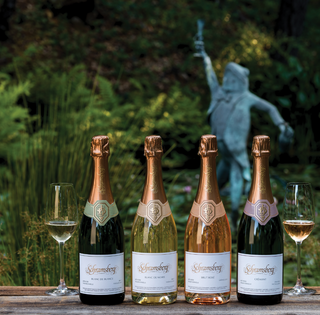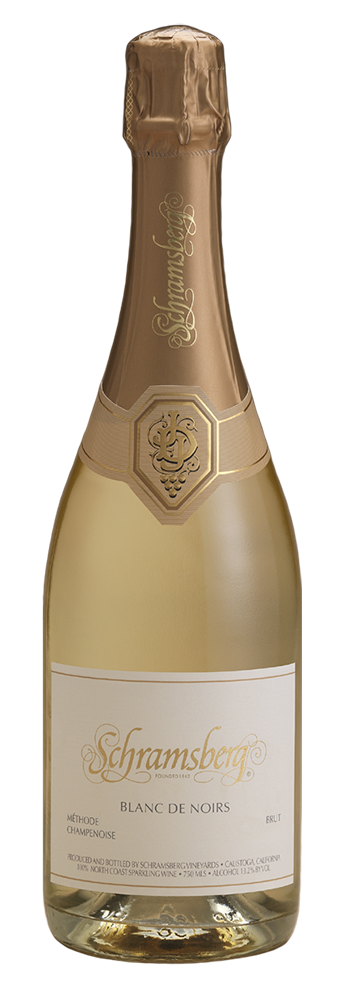Schramsberg Vineyards
California: North Coast, USA
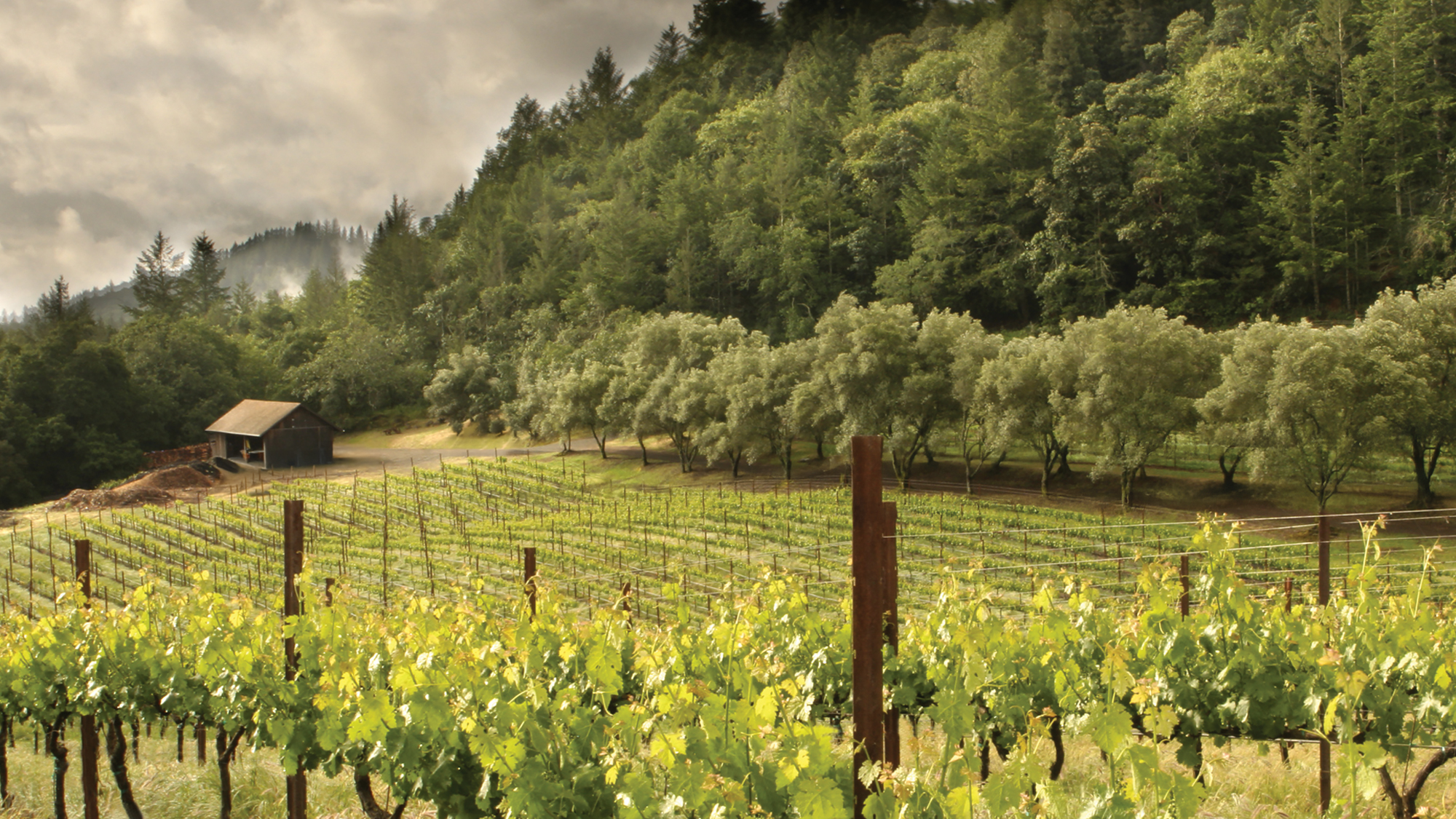
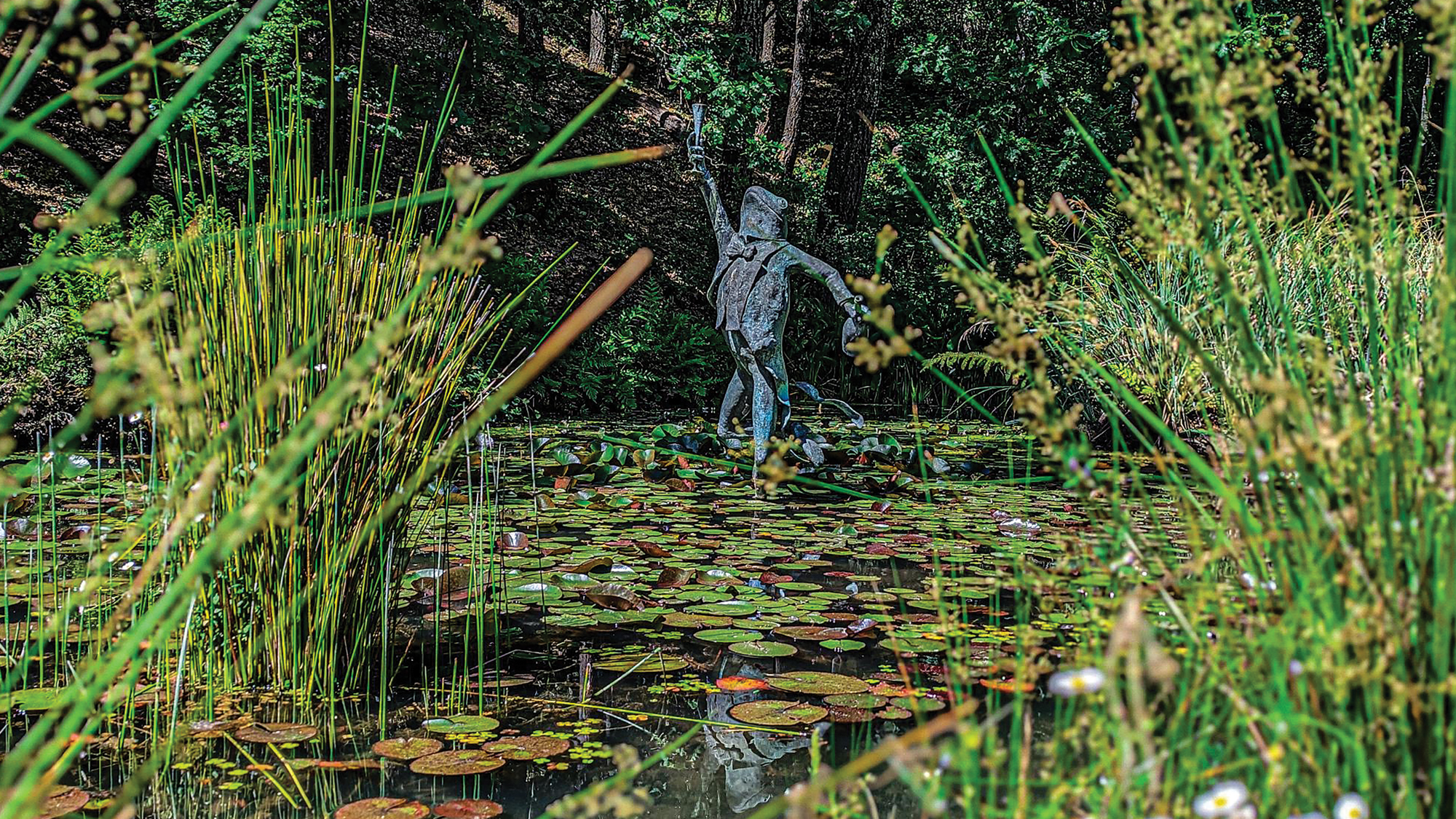
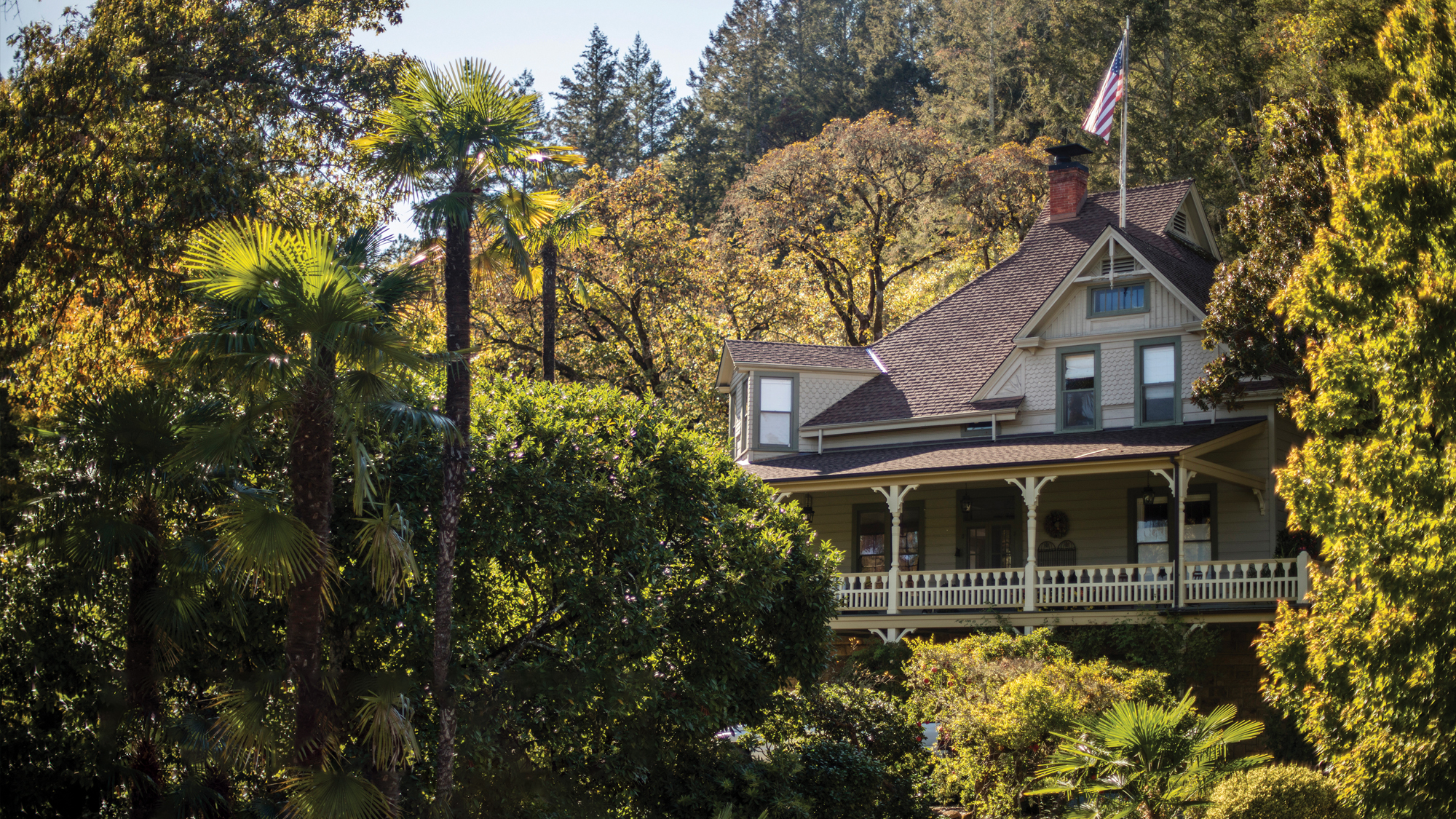
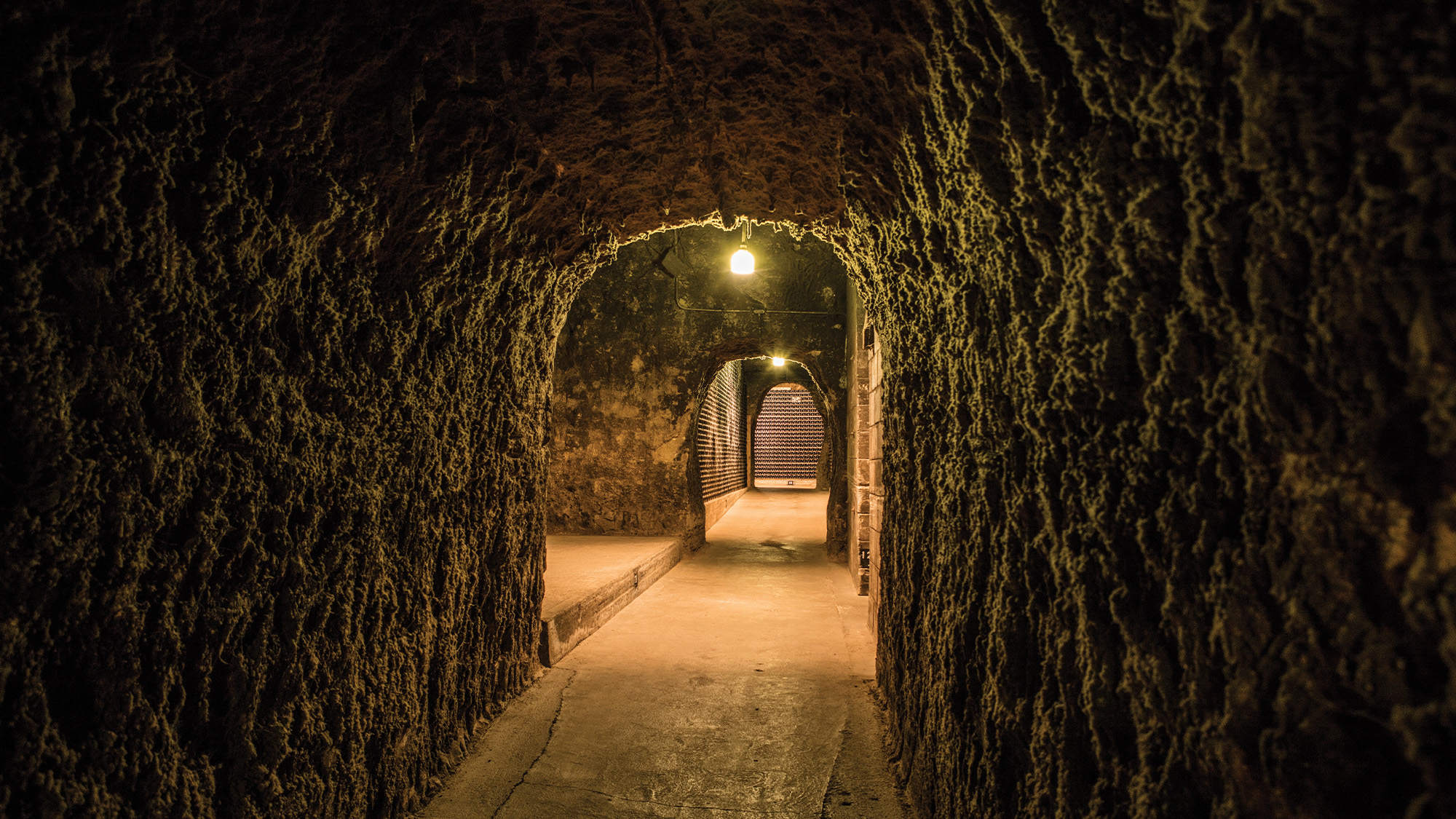
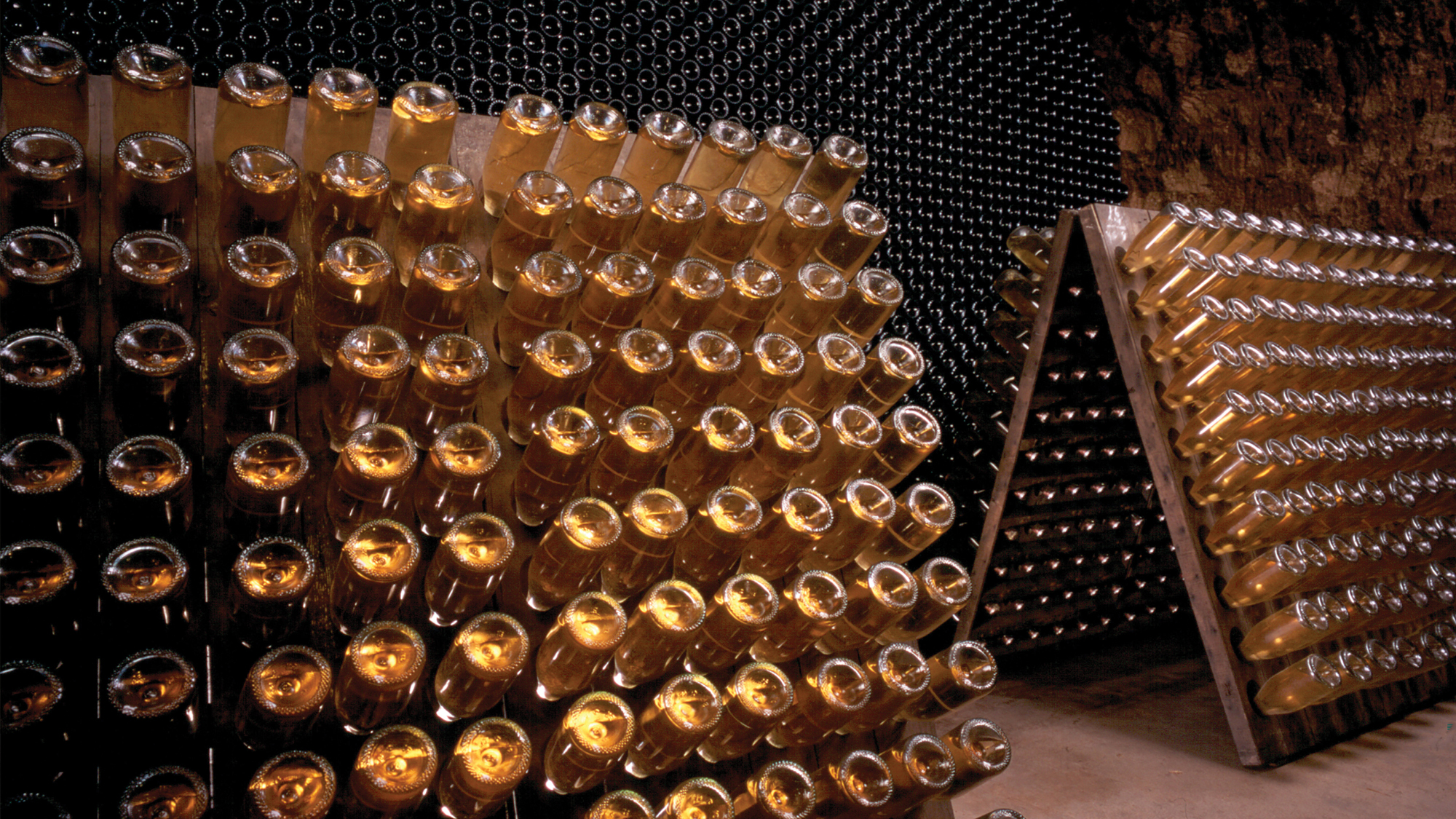
Family owned and operated for over fifty years, Schramsberg Vineyards was established in 1965 by Jack and Jamie Davies who set out to make world-class, vintage-dated sparkling wine in the true méthode traditionelle style on the property originally established in 1862 by German immigrants.
Winery Story4 Results
